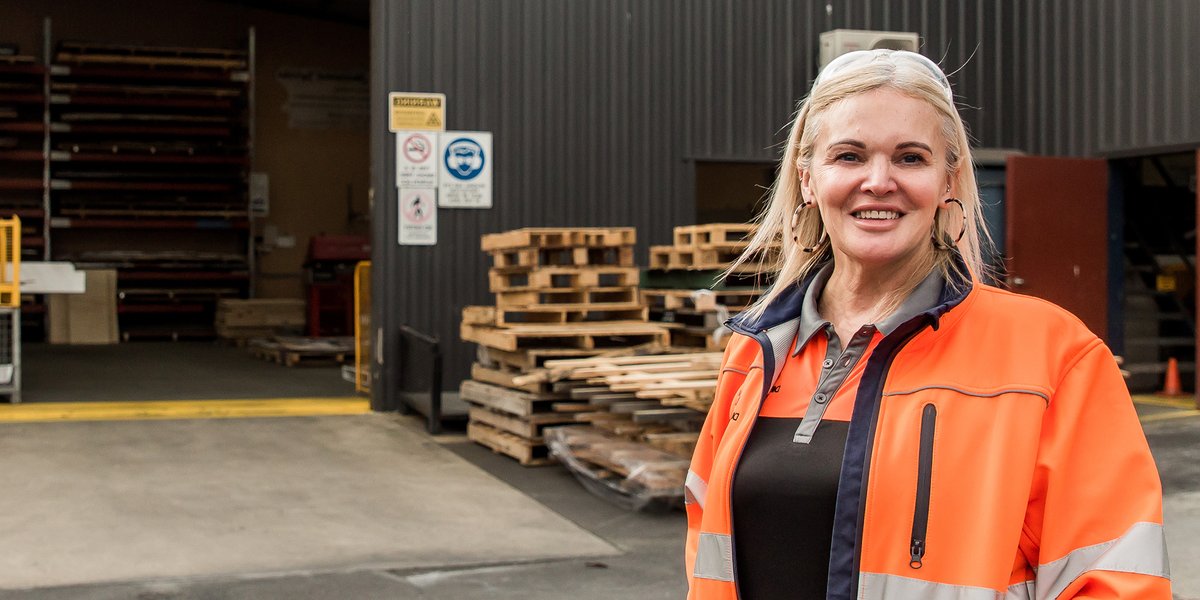Terrapin Puppet Theatre
“Tasmania strikes me as a state of craftspeople, people who make things. That is how we tell our stories."
"Being able to find ever-changing ways to engage with the artistry of puppetry, our isolation has been a really important part of that. This couldn’t have happened in any other place."
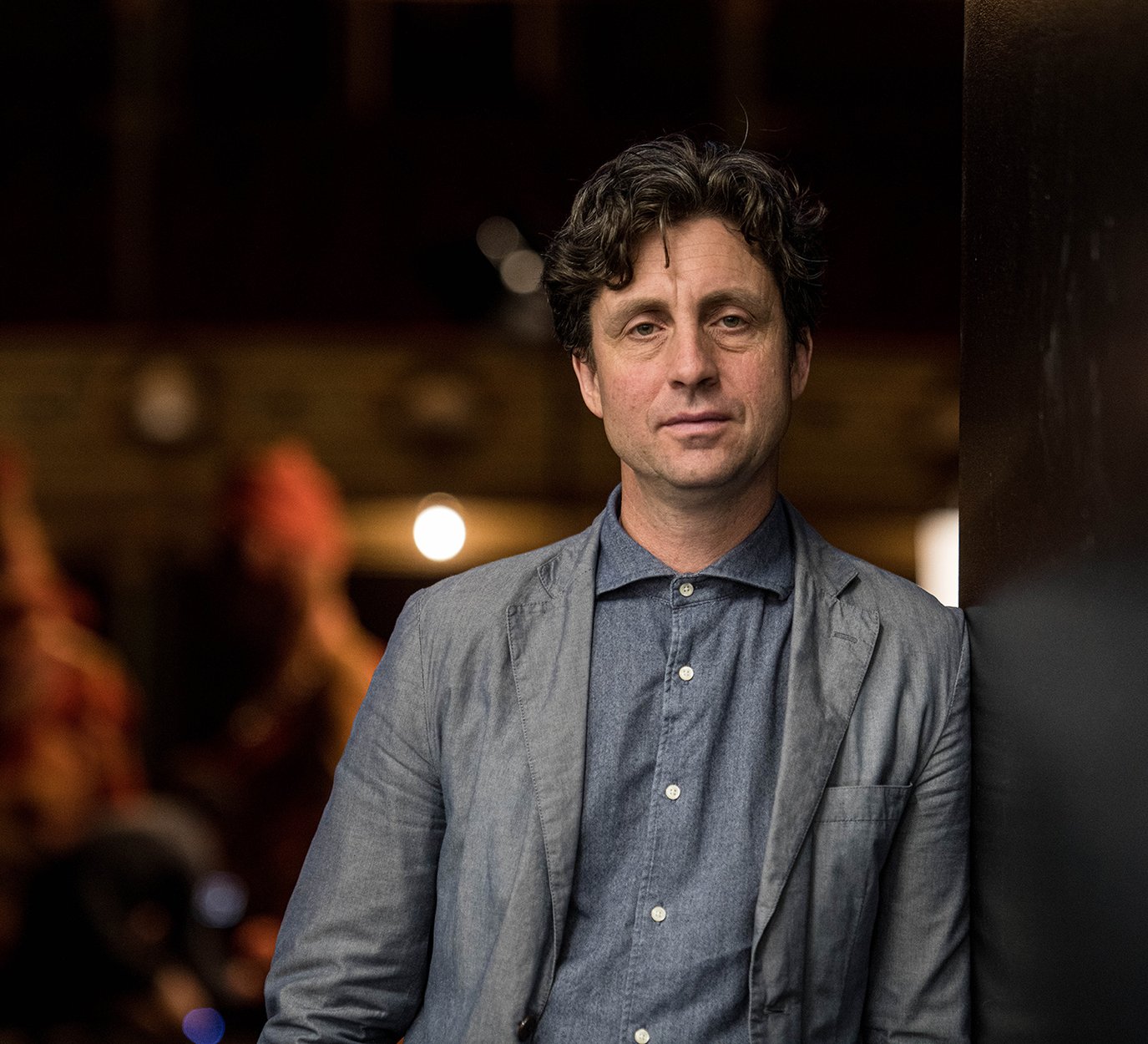
It is January, 2020. There is a grand stage in Launceston’s Cataract Gorge, on the edge of the swimming pool. Kids dive into the water as, overhead, tourists ride one of the longest chairlifts in the world.
Then a huge puppet walks through the gorge, and another, surrounded by actors. Thousands of people sit up on the grass.
Whatever this is, it feels like it can only happen here.
King Ubu, a spellbinding performance by Tasmania’s Terrapin Puppet Theatre, played to 7,000 people over three nights at MONA FOMA in 2020.
“And it was, overwhelmingly, a program with local artists,” says Sam Routledge, artistic director at Terrapin. “Tasmanians are growing in their confidence to be a central part of those programs. This is recent. Previously, there were always national and international headliners.”
Tasmania’s writers, filmmakers, visual artists, musicians, and other performers grew up hearing it: you can’t have a viable artistic career in this isolated place. Industry experts encouraged everyone from Richard Flanagan to Luca Brasi to move to Sydney or Melbourne if not one of the big cities of Europe or America.
This lack of confidence extended to Tasmanians themselves. Festival curators felt obliged to import talent to sell tickets and generate excitement. Then something began to change.
Brian Ritchie, the Violent Femmes bassist and artistic director of MONA FOMA, is the sort of person who could live anywhere in the world. He chose Tasmania and has no trouble choosing Tasmanian artists.
He reached out to Terrapin and King Ubu was born, with a Tasmanian writer and a Tasmanian cast.
Terrapin Puppet Theatre is forty now. From its humble space in the Salamanca Arts Centre they have designed experiences for young people across Tasmania. In some regions, Terrapin is the only artistic performance children will see at school. Before COVID, Terrapin was also taking Tasmanian theatre to the world.
In the two years before the pandemic, they toured China and the US twice as well as Japan.
“We don’t say we’re from Australia,” says Sam. “We say we’re from Tasmania. We’re engaged with cultural diplomacy when we’re overseas. We represent the state as much as wine, whisky, cheese. We are absolutely representing Tasmania and saying we are from Tasmania: its remote location, the extraordinary wilderness and extraordinary culture.”
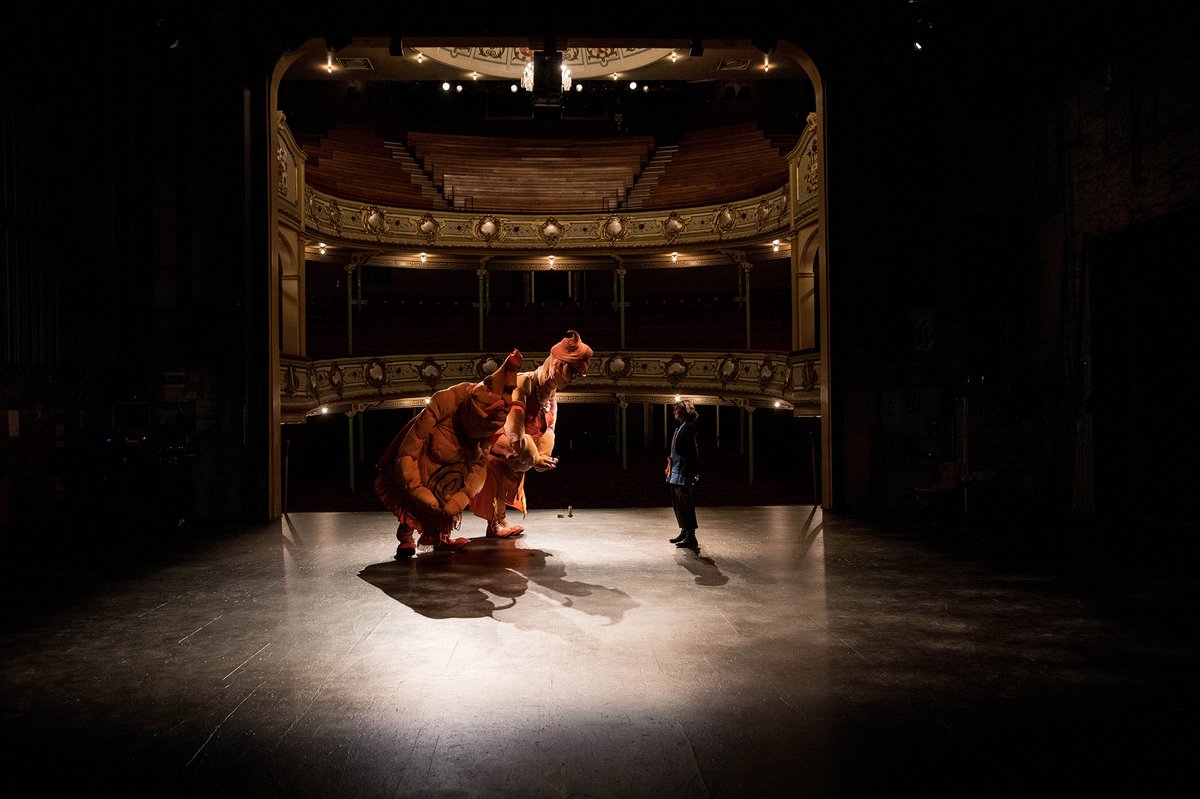
Sam thinks Terrapin is the unofficial state theatre. And it fits. “We’re small, like Tasmania itself,” he says. “There is strength in that. Like Tasmania, we can respond to opportunity quickly. Tasmania strikes me as a state of craftspeople, people who make things. Puppetry is an art form that relies on extraordinary things being constructed. That is how we tell our stories. How unique this state is and how unique puppetry is...”
Terrapin Puppet Theatre’s most recent success has been with Tasmanian Aboriginal artist Nathan Maynard’s A Not So Traditional Story.
“It was an amazing way to tell the terrible history of this island, in relation to Tasmanian Aboriginal people,” says Sam. “To tell that story in a school setting that in no way skirted from the truth yet was irreverent and funny and entertaining and engaged children. Nathan describes it as stashing the veggies in the spaghetti bolognaise. The lessons, the history was woven inside something that was an extraordinarily entertaining production.”
Increasingly Terrapin is mirroring the values of Tasmania in its practice and in its storytelling. Bryony Anderson, who designs and makes the puppets, uses salvaged material to reduce the company’s environmental impact. They are relentlessly focused on increasing the confidence of young Tasmanians, inspiring them to consider careers in the performing arts.
“You can watch theatre on TV but to experience theatre live, it can set some of those children on a path to the performing arts at a very young age. Puppetry has had a real impact on some leading figures in Australian performing arts. It sticks in people’s memory.”
For Sam, it makes sense that Tasmania’s top theatre company isn’t devoted to traditional renderings of the classics. “There is something about how this company has succeeded in Tasmania. Being able to find ever-changing ways to engage with the artistry of puppetry, our isolation has been a really important part of that. This couldn’t have happened in any other place.”
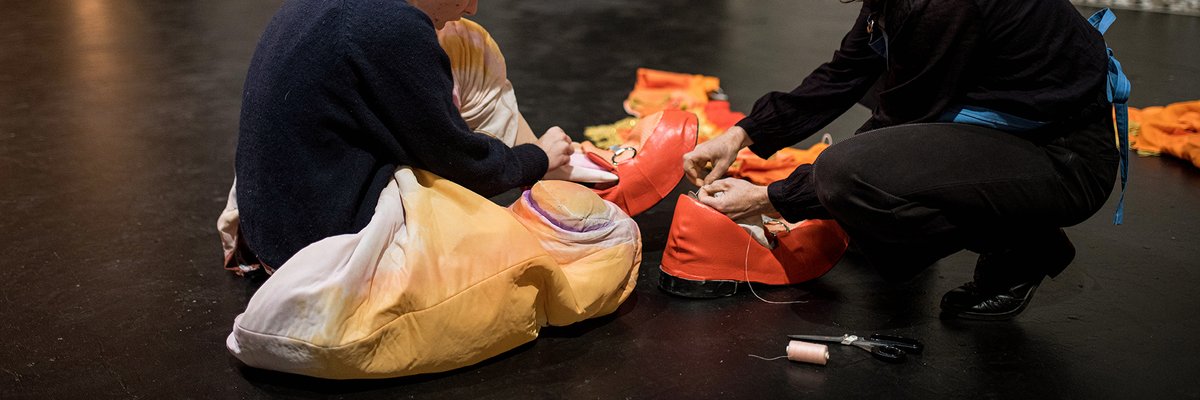
Terrapin Puppet Theatre is one of 18 Tasmanians featured in our short film about the Tasmanian story. Terrapin’s scene was filmed at the Theatre Royal, Hobart, and features the Ubu puppets and Terrapin’s designer/maker Bryony Anderson. Terrapin created the Ubus in collaboration with arts and cultural festival Mona Foma as part of the production King Ubu.
Read about more Tasmanians
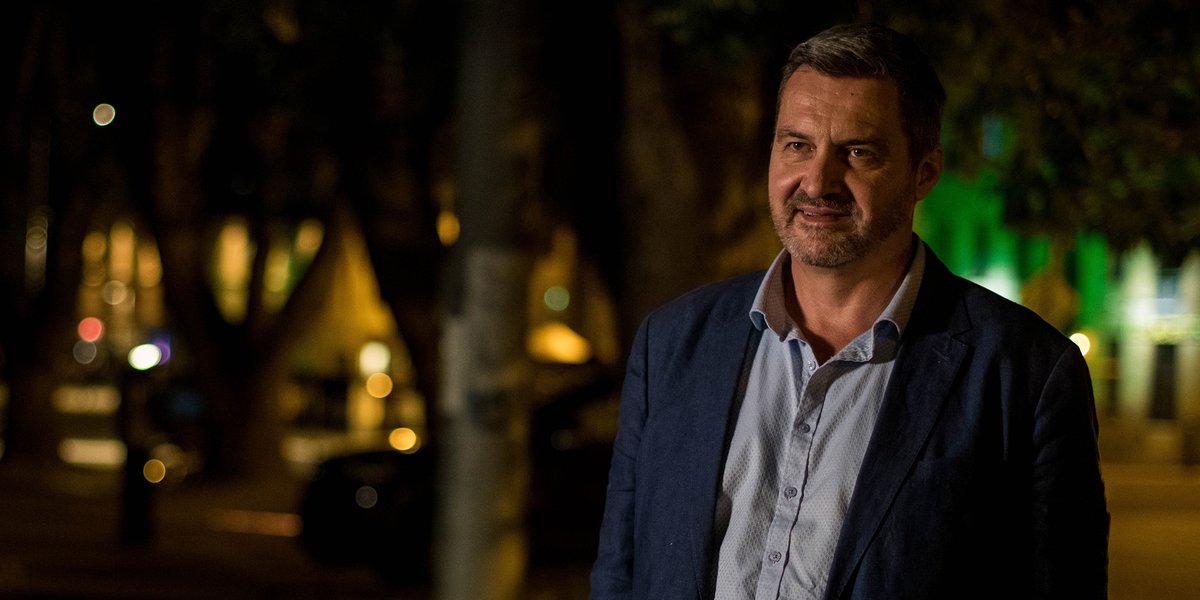
Rodney Croome
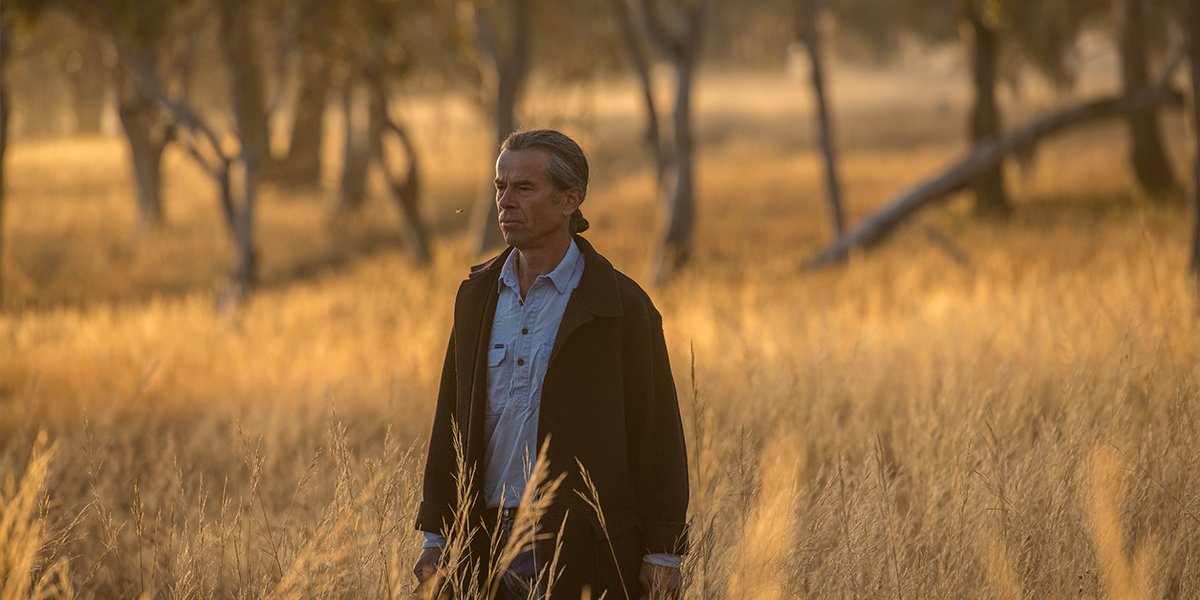
Julian von Bibra
